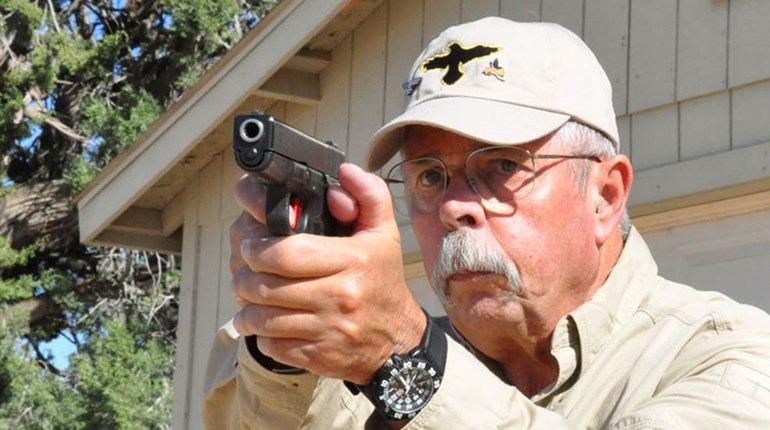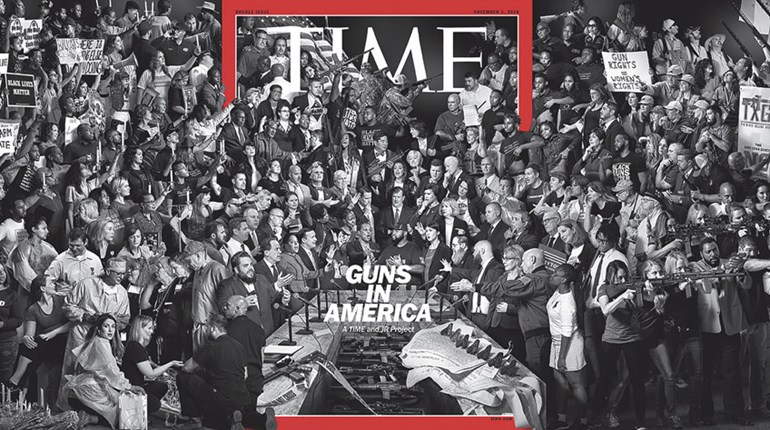
You’re in the backseat of a car. You’re in an unfamiliar city: Not only do you not know where you are, you know nothing about your destination beyond the address. You don’t know who is driving. It’s dark, and you are alone. You have a carry permit, but you’ve been disarmed.
However, you’re not frightened. In fact, you’re completely calm. You’re not being kidnapped: You’re in an Uber car.
Last week, I wrote about the Vulnerability Index (VX), which attempts to describe how changes in circumstances, and the choices we make, affect our personal security, and to ascribe values to those changes to help us mitigate the risks.
One of the choices we make is in how we get around. Here, the ride-sharing service Uber is a global game-changer, dramatically altering our personal mobility in 361 cities worldwide. Uber was in the news last week when a driver went on a shooting spree in Kalamazoo, Mich., killing six and wounding two across three random locations, apparently picking up passengers along the way.
This prompts us to ask: What’s your VX in an Uber?Uber Lyon promoted an app that paired riders with “hot chick” drivers, displaying images of French models in lingerie who would drive you around for a maximum of 20 minutes. To perverts and rapists, this is somewhat akin to chumming for Jaws.
First, what might be the threat from an Uber driver? The Kalamazoo killer might just be an unfortunate coincidence for Uber, as he had no criminal record or history of mental illness that a background check would reveal.
However, questions about the quality of Uber’s background checks remain. According to CNN, Uber uses a vendor called Checkr to vet drivers. Unlike taxi companies, Uber does not utilize fingerprints. In December 2014, district attorneys in San Francisco and Los Angeles filed suit claiming Uber made “untrue or misleading representations regarding the quality of the background checks” and questioned “measures it takes to ensure customer safety.” They listed 25 instances in which Uber’s checks failed to turn up felonies, misdemeanors and citations. One Uber driver gave more than 1,100 rides, depite having spent 26 years in prison for a second-degree murder conviction.
In addition, Uber recently offered to pay $28.5 million to settle two class-action cases regarding its safety practices, and agreed to rename their “Safe Ride Fee” a “Booking Fee.”
We recently asked a driver whom we’ll call Uber Uno, on his first day on the job, about Uber’s background check: “There’s an online form, asking your Social Security number and previous addresses and stuff, and that was it. The return email said it would take five to seven days, but I don’t know their process.”
Uber Domo, a driver so named because he has given more than 4,000 rides, told us that while drivers’ vehicles go through a DOT inspection and drivers must take a physical, urine samples are not drug-tested: “The doctor made it clear this is not a marijuana test.”
What about the threat to the driver? We asked Uber Domo if Uber provides any safety training on whom, when and where to pick up: “There is no education,” he said. “It’s at our discretion: I’ll take you to the bar, but I’m not taking you home.”
In contrast, Uber’s website encourages riders to call at closing time: “In almost every city that we operate, our rush hour is when bars close … we’re empowering people to leave the keys at home.”
“Empowering” sounds wise, but Uber is making it clear that drunks are their biggest market. Domo, however, echoed the sentiments of other drivers: “I don’t want to deal with the 2 a.m. crowd.”
Asked if he had ever had a problem, Domo said, “I’ve never been uncomfortable, but I’m 6’1” and 190, and I work the day crowd. At 2 a.m., the girls want to puke, the guys want to fight.”
Domo notes that Uber has your smartphone and your credit card, which “kind of weeds out the idiots.” However, the dashcam video of a drunken Taco Bell exec attacking a California Uber driver reminds us that fermentation breeds idiots.
Uber has demonstrated a lack of concern for driver safety before. According to BuzzFeed, Uber Lyon promoted an app that paired riders with “hot chick” drivers, displaying images of French models in lingerie who would drive you around for a maximum of 20 minutes. To perverts and rapists, this is somewhat akin to chumming for Jaws.
Is there a threat from Uber itself? Like so many other digital-age actors, Uber knows far more about us than we’re comfortable thinking about. Fifty thousand Uber driver names and license numbers were exposed in a single hack last year. Even more troubling, Uber has been willing to exploit customer data: Uber flaunted their “God View” ability to track every driver and passenger in real time by projecting the current locations of 30 cars at a party; Uber exec Emil Michael threatened to investigate journalists who were critical of Uber; and an Uber exec in New York City accessed a reporter’s user data without permission. …(Uber’s Firearms Prohibition) policy was adopted after a 2015 incident in Chicago in which a legally armed Uber driver heroically stopped an attempted mass murder.
Most disturbing is Uber’s complete ban on firearms. Public pressure in the wake of Kalamazoo might explain such a decision, but in fact the policy was adopted after a 2015 incident in Chicago in which a legally armed Uber driver heroically stopped an attempted mass murder.
Uber’s ban didn’t stop the Kalamazoo killer, driving home (no pun intended) the point that criminals ignore such restraints. So, how can Uber justify creating millions of mobile gun-free zones?
The answer is found in Uber’s Firearms Prohibition Policy: “We seek to ensure that everyone using the Uber digital platform—both driver-partners and riders—feels safe and comfortable using the service.”
Aha! Uber wants us to “feel” safe, regardless of whether we actually are safe. This attitude was exemplified by Chicago passenger Kit Graham, who became unhinged at the sight of a holstered gun worn by her Uber driver: “It just made me uncomfortable that I could actually see the gun on him.” Expressing her feelings on Twitter and Facebook, Graham transformed her Uber ride into a University of Missouri campus protest.
Perhaps this reflects the influence of David Plouffe, enlisted to run Uber’s communications and political work. In their Person of the Year issue (which listed founder Travis Kalanick in sixth place), Time called Plouffe “the man who helped Barack Obama reach the White House.” In the article, Kalanick professed an interest in the Founding Fathers, saying he “went deep” on Washington, Adams, Madison and Hamilton. Did he skip over the sections on the right to keep and bear arms?
Admission: I like using Uber. Uno and Domo were smart, open and friendly, their cars were new and clean. I’ve been offered snacks and water on Uber rides, and I like not fumbling for tip money. I even love Uber’s unique American doggedness in disrupting tired conventions. However, a company that places so much trust in background checks should show more respect to the 12 million Right-to-Carry permit-holding sheepdogs (including their drivers) who have already passed a more rigorous one.
So, how does one calculate your VX in an Uber? You’re in a car driven by a stranger (+25 pts), in unfamiliar territory (+25 pts), but that’s true of other modes of public transportation that we consider acceptable risks. We can mitigate those risks by researching our surroundings, routes and destinations, by notifying others of our itineraries, and especially by getting our heads out of our cell phones (-40 pts). In my world, we about break even.
But when Uber arbitrarily bans lawful constituents from bearing arms, they not only increase your VX, they announce that fact to the world. I’m up +100 points in my ledger.
Of course, Uber says we’re free to use other modes of transportation; maybe we will. But, Uber, why do you have to make it so hard to love you when we want to so badly?


































